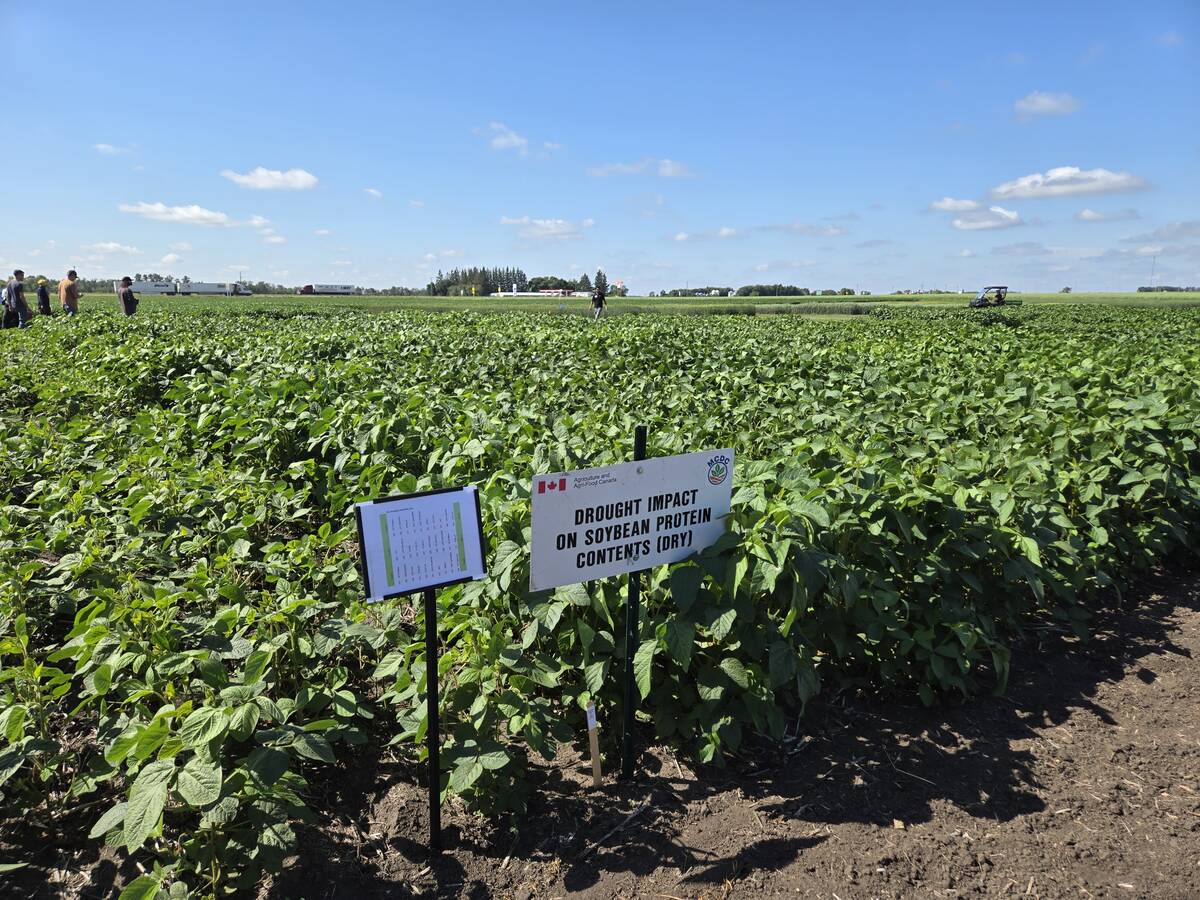JAFFREY, B.C. – Turning a farm into a tourist destination may be the salvation of small operators, especially in British Columbia where tourism is already big business.
“If you are in the commodity market, a small scale operation will not survive in today’s climate,” agritourism specialist Brent Warner told a recent agriculture opportunities conference in
Jaffrey.
“Primary agriculture industry in B.C. is changing every minute. We are losing the battle.”
Warner has travelled extensively in North America and Hawaii to get a handle on what works in agritourism.
Read Also

Carberry field day looks for agriculture solutions
Manitoba farmers explored research solutions for resilient crops, perpetual agronomic issues and new kinds of agricultural products at a field day at the Manitoba Crop Diversification Centre in Carberry on Aug. 6.
Inviting people to the farm may be a better bet than looking for diversification projects, Warner added, because it is easy to misjudge the market. For example, blueberries are the fastest growing crop in the Fraser Valley and Warner expects the crop will soon reach a saturation point.
“You won’t be able to get back what you paid for the containers,” he said.
Cheaper imports
Organic production was supposed to be a saviour but that too is being undermined by low cost production from Chile and Mexico. Warner said local farmers cannot compete on the world market but may still earn local premiums.
Instead, he has learned there is a trend toward capturing the market of bored tourists looking for something new to do. They may want to shop but are not interested in a big box store. They may be willing to come to a farm for U-pick fruits and vegetables, an on-farm café or a gift store with unique local products.
He said there is money to be made offering tours to children and seniors. Farmers must charge for the activity because people do not value the tour if it is free, he added.
The farm must offer a variety of activities and should always have locally produced cuisine on hand.
Ranchers can offer similar experiences.
Warner toured several large ranches in Hawaii where the owners could not survive by only producing beef. They also offer all-terrain vehicle tours, trail rides on horseback and a chance to meet working cowboys.
A good place to start with tourists is to sell locally processed goods at farmers’ markets. People want farmers’ products, not just another flea market. They may like the products enough to want to visit the farm.
A example of successful farm tours is the wine industry tour programs offered around the world. There is a surplus of wine globally but people enjoy winery tours and this has become a strong business in British Columbia’s Okanagan Valley, where vineyards are replacing apple orchards.















